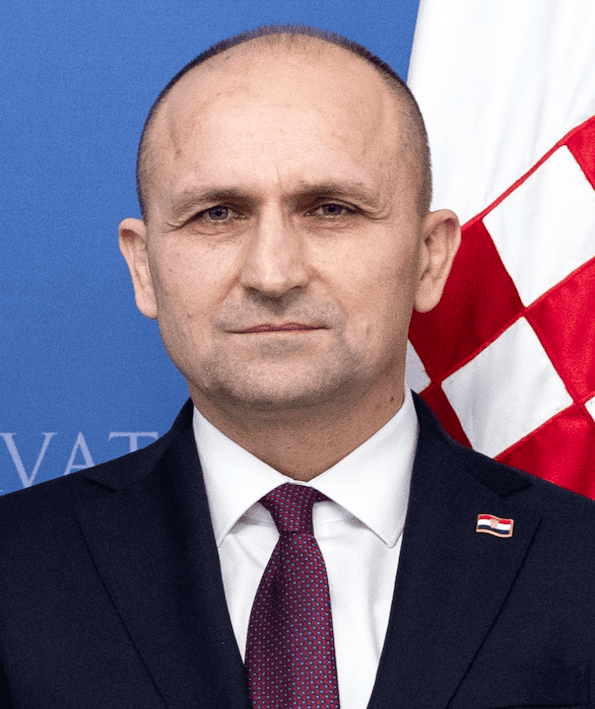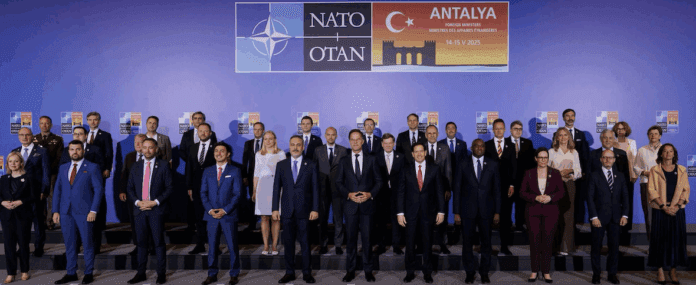Europe is preparing for unprecedented defence spending, with NATO set to mandate 5% of GDP for military investment. As tensions with Russia rise, countries like Germany, Poland, and Croatia are rapidly boosting their armed forces. Discover what this means for European security and global defence strategy.
By Marko Barišić
A few days ago, Croatian Minister of Defence Ivan Anušić publicly confirmed speculation that Europe is embarking on a massive defence strengthening project. In other words, large-scale armament. Naturally, this process will proceed gradually as NATO influences member strategies.
NATO to push 5% GDP defence spending at June summit
Initially, at the urging or rather the insistence of the United States, a decision will likely be made in June at the NATO summit in The Hague. This decision will obligate each member country to allocate as much as 5 per cent of their gross domestic product (GDP) to defence.
This represents more than a twofold increase in the defence budgets of European countries. Currently, these countries allocate around 2 per cent to the military—some even less. The exception is Poland, which due to the Russian threat, already allocates 3.5 per cent of its national GDP to strengthen its role in NATO.
Anušić explained that of this amount, 3.5 per cent would go directly to the military and armaments. Meanwhile, the remaining 1.5 per cent would be dedicated to infrastructure linked to security.

Security infrastructure to see major upgrades
This means, as he specified, construction of airports, corridors, and border barriers. Additionally, security systems installed at the border—both to manage migration and as preparation for potential threats, in line with NATO strategic aims.
It is evident that no one in Europe believes Russia will stop at Ukraine. Countries are no longer willing to speculate whether the United States—whose military support had previously never been questioned—would defend a NATO member in the event of aggression. Therefore, every country now wants to arm itself. They wish to build their own military and ensure they have the means to defend themselves.
Germany’s new government, which had previously remained mostly silent on these matters, was also clear. Germany wants to build the largest conventional army in Europe, said Chancellor Friedrich Merz, a conservative, without mincing words.
Germany and Poland to lead in conventional military force
This includes ground forces, a navy, and air force. Unlike France and the United Kingdom, Germany does not have nuclear weapons. But as the most populous country in Europe, it clearly wants to take the lead in military development with NATO’s guidance.
To that end, plans are already being made for part of the Volkswagen Group, which produces cars, to soon be converted into weapons factories. In fact, many countries are already lining up to acquire German Leopard tanks. Others seek Taurus missile systems.
Italy, for example, has already ordered a thousand of these tanks and other armoured weaponry. The French, meanwhile, have long invested significantly in their military, including nuclear-powered aircraft carriers.

Croatia’s military ambitions and acquisitions
Currently, the most militarily prepared country in Europe is Poland. It has already acquired the most modern American weapons and intends to build the largest land army in Europe.
As for Croatia, Anušić said that most of the 2 per cent of GDP currently allocated to defence has been used to modernise equipment and weaponry. Additionally, to transition from Russian to Western arms, aligning with NATO strategies.
He announced that Rafale jets will take over control of Croatian airspace by the end of the year. The Bayraktar drones are already here, he said, and will enter service in September. Domestic drone production is also underway. The delivery of eight more Black Hawk helicopters from the United States is expected.
Fifty Leopards ordered from Germany are expected to arrive within two years. It seems Croatia is prepared to increase its GDP spending for defence and consider NATO’s guidance seriously.

